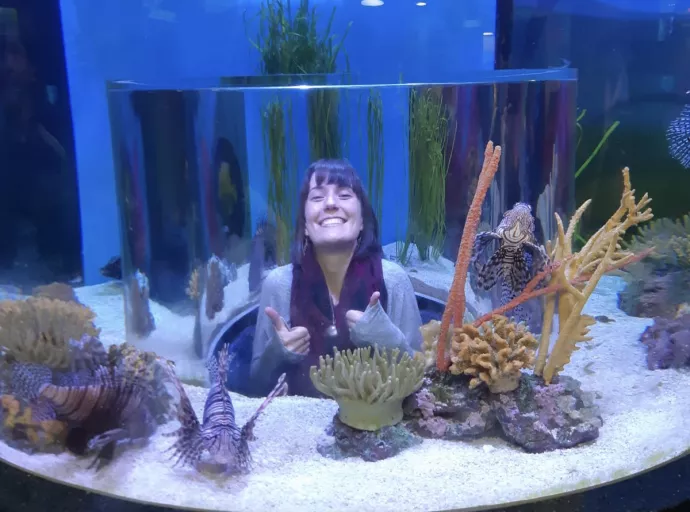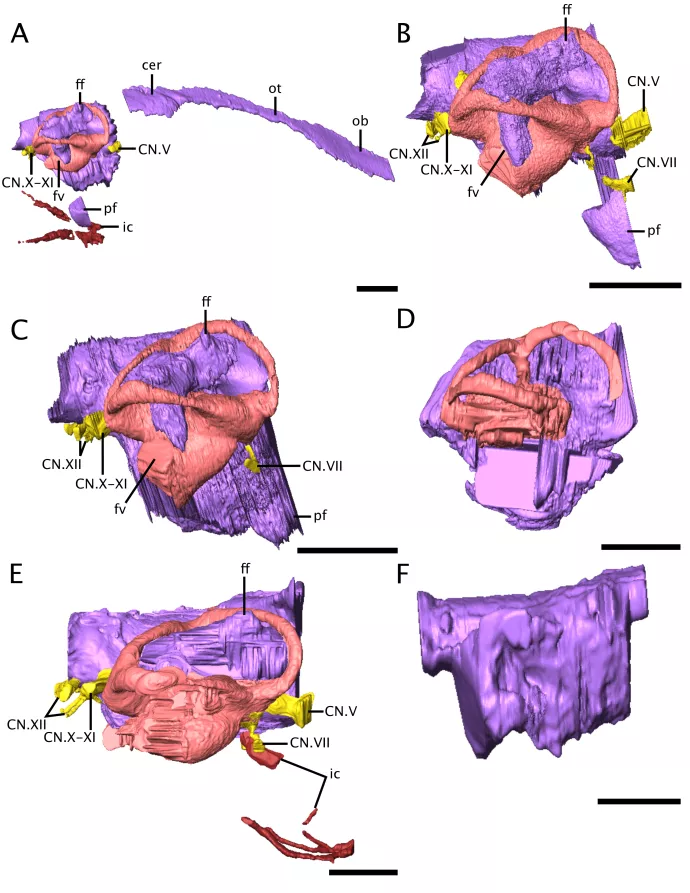
Kayla Bazzana Paper on Varanopids' Brain, Ear and Cranial Nerves
Kayla Bazzana, PhD student (Reisz Lab) published Neurosensory anatomy of Varanopidae and its implications for early synapsid evolution in Journal of Anatomy
https://onlinelibrary.wiley.com/doi/10.1111/joa.13593
https://doi.org/10.1111/joa.13593

The brains and ears of mammals are unique among vertebrates, and the evolution of these traits can be traced through the fossil record. While extensive research has focused on the neuroanatomy of the extinct animals that are most closely related to mammals, very little attention has been paid to the very earliest relatives of mammals. The varanopids are among these earliest relatives and, in this study, we described the brain, ear, and cranial nerves of six varanopid specimens. We found that the varanopid brain is largely plesiomorphic, not showing any signs of the changes that would lead to the mammalian brain. However, varanopids do have a very large floccular fossa; along with the morphology of the semicircular canals in the ear, this suggests a strong adaptation for rapid head movements. We also estimated the range of sound frequencies that varanopids were likely able to hear and discovered that, despite gaining many of the predatory features seen in later, more derived amniotes, varanopids retain the plesiomorphic condition of only being able to hear low-frequency sounds.
